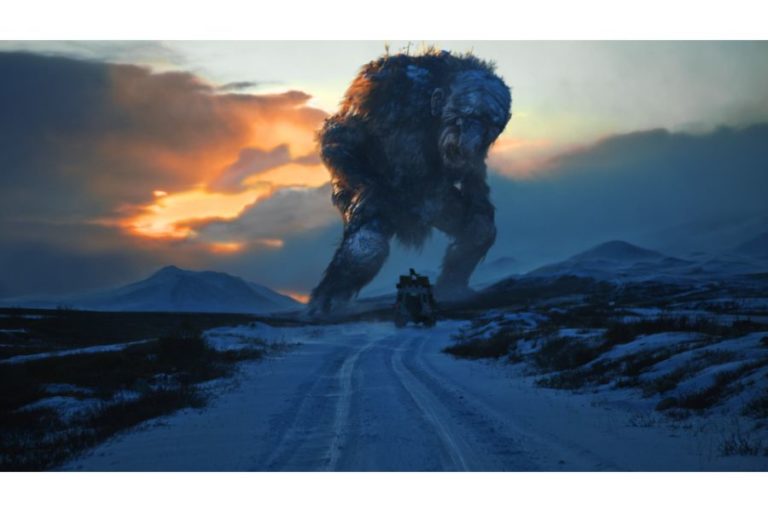

We only have a few pages of the original Sekizawa treatment for comparison but it appears that the Dozier treatment at least uses Sekizawa’s treatment as a starting point. The scenes between Batman and Godzilla are few but memorable, including a bullet train ripped apart by the monster.

Godzilla gets to destroy large portions of Japan while the Dynamic Duo play catch-up with Finster.

Turns out he wasn’t actually controlling the weather but a giant, atomic monster. Godzilla appears in the treatment as Finster’s weapon. From there, it’s only a call to Batman and Robin to set the story in motion. Commissioner Gordon and his daughter Barbara are swept up in the plot when their passenger ship is pummeled by a tidal wave in Tokyo Bay. See GAS HUMAN BEING NO.In the Dozier treatment, a mad scientist named Finster holds Japan ransom by threatening various weather catastrophes.

This exhaustive filmography analyzes and examines the changes made to over 50 Japanese monster movies exported to America. Or, if new actors weren't interjected into the films, they might be re-edited and re-scored like GIGANTIS, THE FIRE MONSTER (1959) or GHIDRAH, THE THREE-HEADED MONSTER (1965). The same fate befell many other Japanese monster movies such as ABOMINABLE SNOWMAN (1955) which became HALF HUMAN starring John Carradine (HOUSE OF DRACULA), and GAMERA (1965) which became GAMMERA, THE INVINCIBLE (1966) starring Brian Donlevy (QUARTERMASS 2). The most famous example of all will always be GODZILLA, KING OF THE MONSTERS (1956) which removed nearly forty minutes of the original footage and replaced it with twenty minutes worth of new scenes starring Raymond Burr (PERRY MASON). shores, the Japanese originals have rarely made it to America in their original forms. Since the very first dai kaiju eiga, GODZILLA (1954), made its way across the Pacific to U.S.


 0 kommentar(er)
0 kommentar(er)
